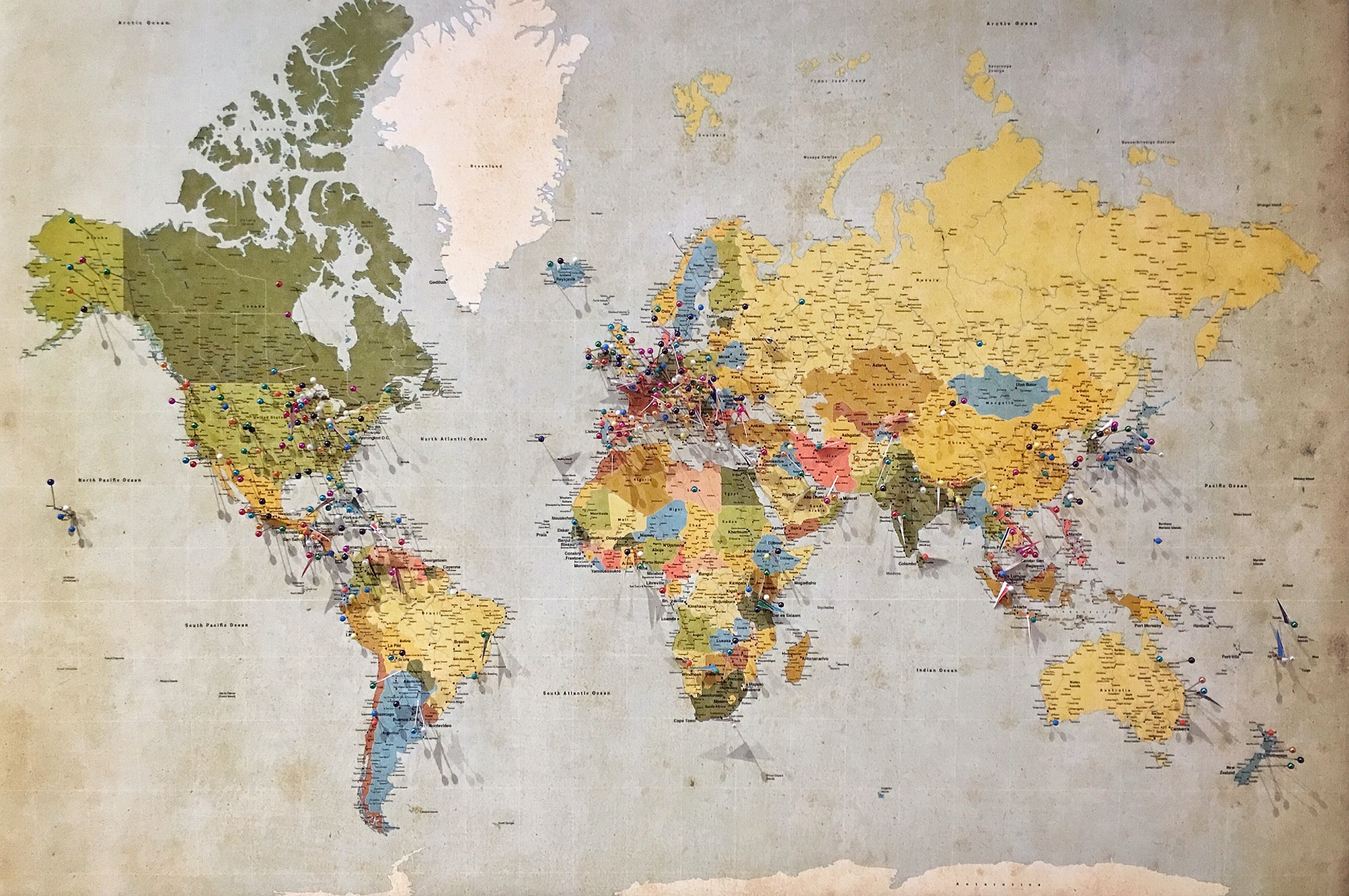Introduction
I am heading to the beautiful country of Poland for a hopefully exciting adventure, and what better way to do it than by utilizing Poland’s public transit system? As I understand it, from the cities to rural towns, Poland’s public transport network is well-developed, which should make it easy for me to get around and experience everything this incredible country has to offer.
In this article, we will cover everything I think I need to know about navigating Poland’s public transit system, from the types of transportation available to the essential documents and tips for a smooth journey.
When I return, I will write a followup article on “How Accurate And Awesome The Internet Is At Providing Information To A First-Time Visitor”, or “How Absolutely Horrendous The Internet Is At Providing Information, And You Are Certain To Get Lost”.
About Poland’s Public Transit
Poland offers a variety of transportation options that cater to different travel preferences and destinations. Here are the most common modes of public transit:

- Buses: Buses appear to be the most popular and widely utilized mode of transportation in Poland. They cover both short and long distances, connecting cities, towns, and even remote areas. With comfortable seating, air conditioning, and reliable schedules, buses are an excellent choice for exploring the country.
- Trains: Poland’s rail network is extensive and well-connected, making it a convenient option for traveling between major cities. I can only hope that it is as easy to navigate as České dráhy (Czech Railroad) or ZSSK (Slovak Railroad), I don’t have a lot of experience with OB (Austrian Rail), but they are better than Amtrak. It seems there are about 4 different passenger railroads in Poland as well as services from foreign railroads České dráhy and Deutsche Bahn
- Trams: Trams are primarily found in larger cities like Warsaw, Kraków, and Gdańsk. They offer a convenient way to navigate within the city, with frequent stops and routes that cover major tourist attractions and residential areas. I guess I am spoiled because I don’t think any trams in Poland will match Prague.
- Metro: Warsaw has a basic metro system consisting of 2 lines, the M1 basically a North South, and the M2 mostly East West, the M3 line is currently under construction, and will eventually provide service to the southern part of the city
Tickets
Before embarking on your public transit adventure in Poland, make sure you have the following documents and keep these practical tips in mind:
- Valid Tickets or Travel Pass: Always ensure you have a valid ticket or travel pass before boarding any form of public transportation. Tickets can be purchased at stations, ticket machines, or even online for added convenience. Trying to get a free ride will end up costing you about $40USD when you get caught, and I believe it is like in the Czech Republic, you pay the fine on the spot.
- Phone Apps: There are several apps for smartphones, the Jakdojade app seems to be the most versatile and works in all the major cities
- Timetables and Schedules: Familiarize yourself with the timetables and schedules of the various modes of public transit. This will help you plan your journey effectively and avoid any unnecessary delays. The Jakdojade app has routes and timetables, not 100% sure how accurate they are, but we will soon find out.
- Be Mindful of Rush Hour: You have been out enjoying the day, so cut some slack for the poor scrub that Just put up with some knucklehead boss all day. If possible, try to avoid traveling during peak hours to ensure a more comfortable journey, but if you must, don’t be a Trouba.
- Polish Phrases: While many Poles speak English, it’s always helpful to learn a few basic Polish phrases. This can make communication with transport staff and locals much easier and potentially enhance your overall experience.
- Keep Your Belongings Safe: While Poland is generally a safe country, it’s always wise to keep an eye on your belongings and be mindful of pickpockets, especially in crowded areas or on public transportation.
In Conclusion
In addition to relying on translation apps for navigating Poland’s Public Transit websites, there are other aspects to consider when exploring the country’s transportation system. Poland has a well-developed public transport network that includes buses, trams, trains, and metros in major cities like Warsaw, Kraków, Gdańsk, and Wrocław.
While navigating Poland’s Public Transit can be an adventure, it’s always advisable to plan ahead and familiarize yourself with the schedules and routes. There are helpful third part apps and websites that provide real-time information on public transport, making it easier for travelers to get around.
So, although there may be some challenges with language barriers and getting accustomed to the system, with a little preparation and an open mind, exploring Poland’s public transit can be a rewarding and memorable experience, allowing you to truly immerse yourself in the country’s vibrant culture and diverse landscapes.
Stay tuned for the sequel, after my return, for “Stories From Poland’s Public Transit”, or “The Horrors of Poland’s Public Transit”.

